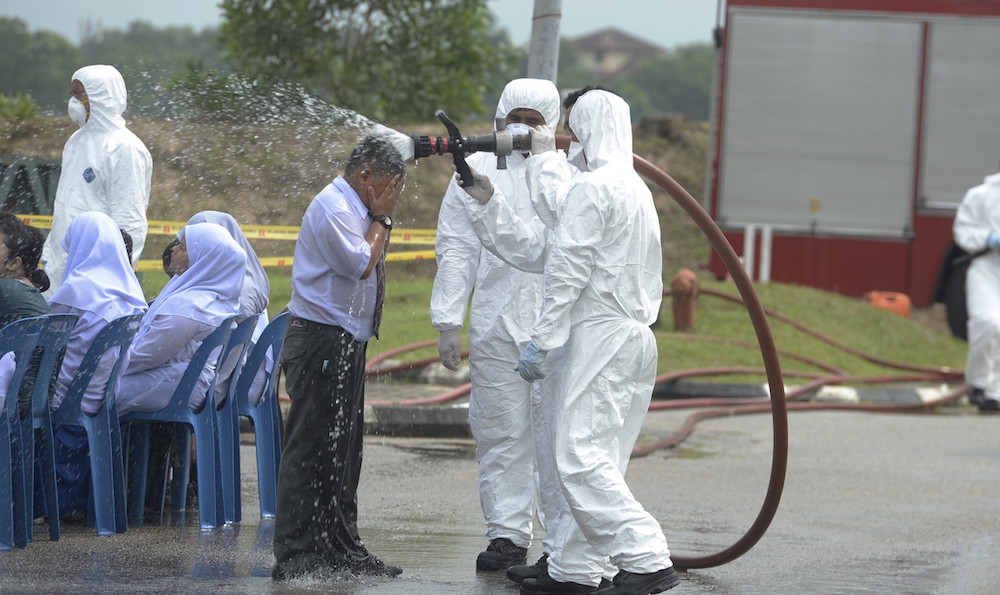JOHOR BARU, July 2 — As the government studies the need to restructure the buffer zones for industrial areas in Pasir Gudang following the latest episode of health issues plaguing the many schools in the industrial town last week, concerns have arisen that the method may not be effective in addressing the issue.
Associate Professor Dr Muhammad Zaly Shah Muhammad Hussein said merely having a wider buffer zone would not be a cure-all solution, as it was only effective in preventing certain types of pollutions such as noise and water pollutions.
“It may not be effective against air pollution released by factories because air pollution involves other aspects like wind movement and encompasses a much wider area and can sometimes go beyond the borders of the country, for example in the case of haze due to open burning.
“Not all factories in the area would cause or produce the same kind of pollution.
“For non-polluting factories, for example, they might not need or have anything to do with the buffer zones, but when (the rule is) imposed on all factories, it might be a burden and constraint to their operations,” he told Bernama here.
As such, Muhammad Zaly, who is the director of Universiti Teknologi Malaysia (UTM) Centre for Innovative Planning and Development under the Faculty of Architecture and Surveys, proposed for a consultation process be held with the factories to minimise the impact on their operations.
The factories, he said, could also request that they not be involved in forking out the cost for the buffer zone.
“At the same time, the enforcement action to keep pollution under check should be done in a strict and transparent manner.
“The maximum alternative (action) is to shut down the plant by revoking the operating licence or if any of the conditions are not met or complied with.
“However, the existing laws should also be reviewed in detail before any action is taken to prevent the legal action,” he said.
Meanwhile, senior lecturer at UTM, Dr Shazmin Shareena Ab Azis said the ideal distance for a buffer zone in heavy industrial areas such as Pasir Gudang should be 500 metres away from residential areas.
“The main goal of the buffer zone is to preserve the quality of life by adopting the concept of sustainable development,” she said.
Shazmin added that Malaysia could refer to the concept of an industrial buffer zone adopted by the Wollongong City Council in Australia, where the heavy industrial sector had little to no impact on nearby residential areas, public recreational areas and the environment.
She said the government could also adopt the ‘urban regeneration' method to reorganise the existing industrial estates for conservation purposes.
“This method does not involve the transfer of existing industrial estates, but only involves the restructuring of the existing area to solve the problems that are being faced.
“It solves problems by bringing sustainable development in terms of the economic, physical, social and environmental aspects in the area,” she said.
Shazmin, who teaches Environmental Studies at the Faculty of Architecture and Surveys at the university, said that a successful example of urban regeneration in Malaysia was the Section 13 industrial area in Petaling Jaya, Selangor.
The government could also make it compulsory for the heavy-duty industry to adopt the ISO 14000 standards published by the International Organization for Standardisation aimed at ensuring environmental sustainability and ensuring the quality of life for the community over the long term, she added. — Bernama



















